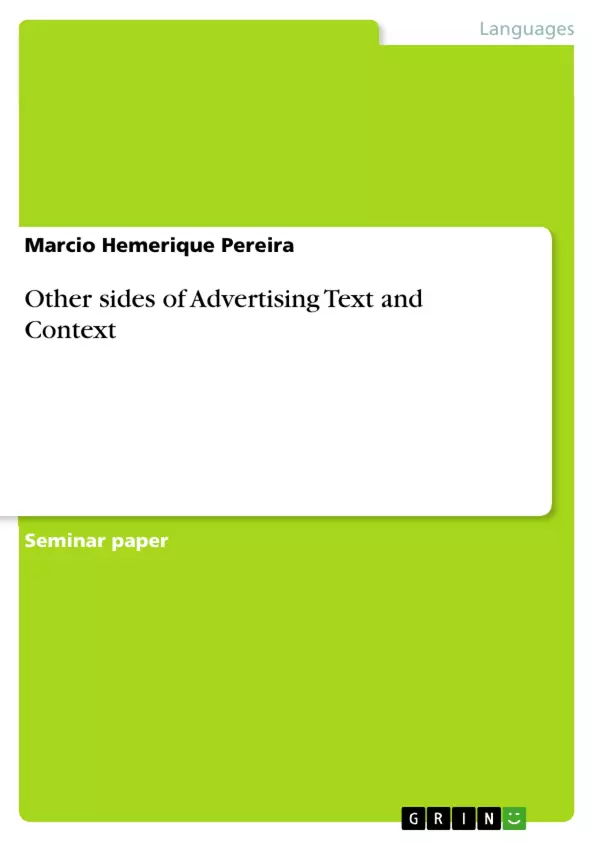I would like to thank Professor Anna-Marjatta Milsom for her assistance with the framing of my proposal and her input into the initial stages of this study. Without my current supervisor Professor Ana Luiza Iaria, however, it is unlikely that the study would have reached completion and her kind understanding at all times (from the very first day I met her while preparing my first MA project SM1) made thher generosity, patience, and professionalism, I am indebted. A very special thank you goes to Mr. Jeffri, my boss, who patiently tried, his best to help me whenever I needed extra days off work or cancelled endless shiftshowever they could all the way through. I am very grateful to the staff of London Metropolitan University Library. I am also grateful for the patience of all the staff at Birmingham University Library for letting me access special archives, my thanks for their willingness to spend hours digging out obscure pieces of paper in case they were relevant for my needs. [...]
Table of Contents
- Introduction
- Chapter 1 - Pragmatics and the Turn About of the Theory of Empirical Study
- Semantics/Pragmatics and Translation
- Pragmatics and Context
- Meaning of Translation
- Advertisements and Translation - The Voyage
- Chapter 2 - Advertising in Translation
- The Role of Meaning
- Case Study - The Translation of Advertising
- Conclusion
Objectives and Key Themes
This thesis compares advertising texts published in different kinds of printed magazines in both the UK and Portugal. The study aims to identify elements that enable the production of such texts and their translations to sound natural and fluent, reflecting current use by speakers of those languages.
- The role of pragmatics in advertising translation
- The impact of cultural differences on advertising translation
- The use of rhetorical figures in advertising and their translation
- The relationship between linguistic and visual elements in advertising
- The influence of globalization and standardization on advertising translation
Chapter Summaries
Chapter 1 examines the role of pragmatics in translation, arguing that it plays a crucial role in understanding and bridging the gap between what is linguistically encoded and what is actually being communicated. The chapter discusses the limitations of a purely semantic approach to language and emphasizes the importance of context in shaping meaning. It also considers the implications of this approach for translation studies, specifically in the context of advertising.
Chapter 2 delves into the practical application of pragmatic principles in advertising translation. The chapter examines a range of advertising texts from both the UK and Portugal, analyzing linguistic features and visual elements. It highlights the various challenges and strategies translators face when dealing with cultural differences, the use of rhetorical figures, and the interplay of visual and verbal messages.
Keywords
This thesis explores the field of advertising translation, focusing on the impact of pragmatics, cultural differences, and visual elements on the process of translation. Key concepts include pragmatics, equivalence, intercultural communication, discourse analysis, and the relationship between language and visual communication.
- Arbeit zitieren
- PhD Student Marcio Hemerique Pereira (Autor:in), 2009, Other sides of Advertising Text and Context , München, GRIN Verlag, https://www.grin.com/document/205475



